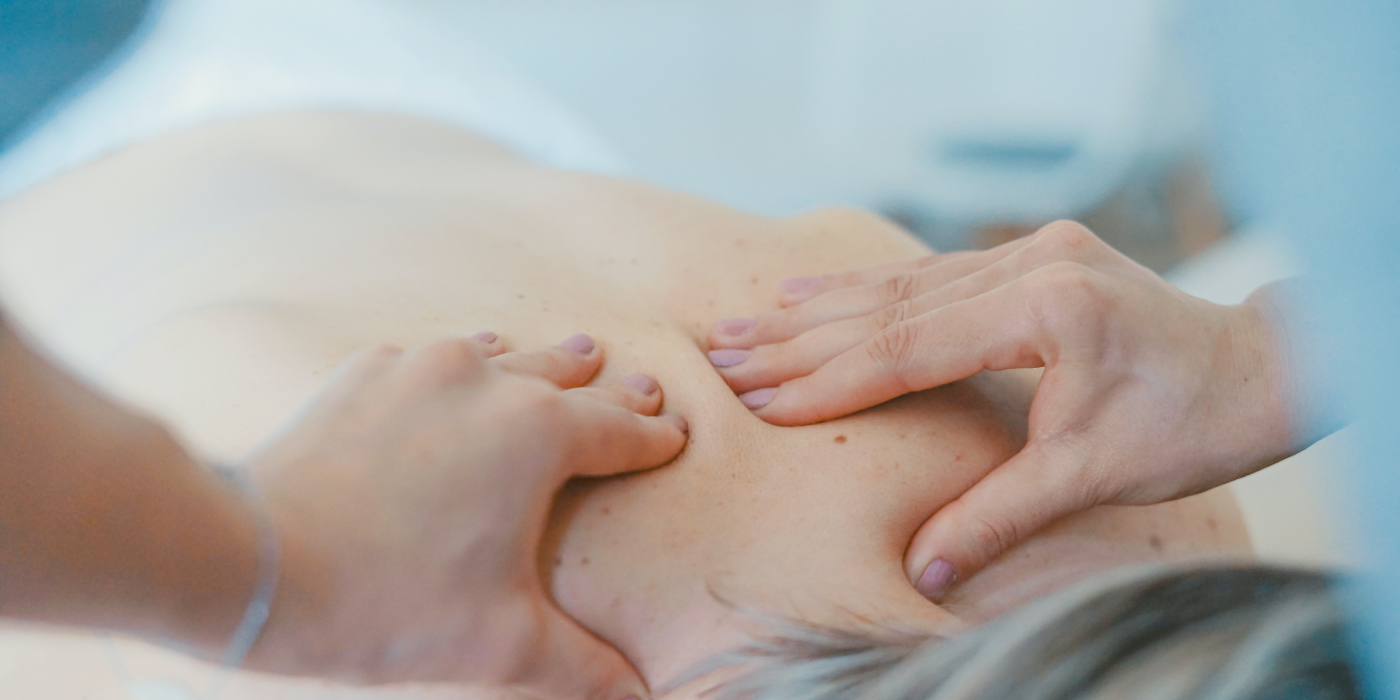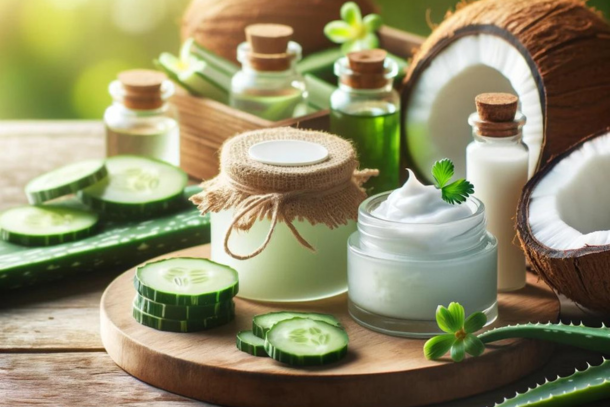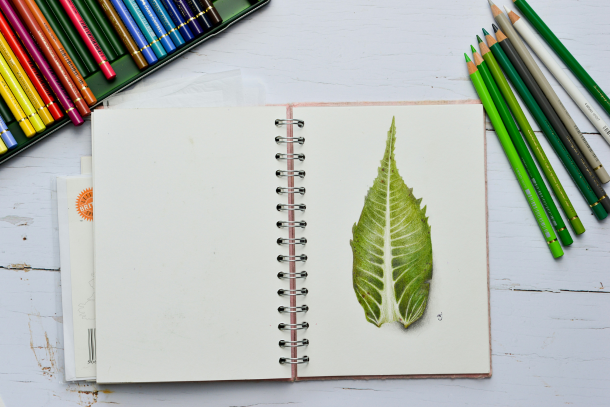Experience the Multifaceted Benefits of Swedish Massage

Swedish massage is one of the most popular and well-known types of therapeutic massage - and for good reason! This type of massage focuses on muscle relaxation by targeting superficial muscles (rather than the connective tissues targeted in deep-tissue massage), aiming to increase blood circulation and promote overall wellness. But that's just the beginning!
History of Swedish Massage
Per Henrik Ling is a notable figure in the history of Swedish massage. Born in 1776 in Sweden, Ling was a physiologist, medical gymnast, and fencing instructor. He faced personal health issues including lung disease and rheumatism. His health challenges inspired him to develop and refine his own system of exercise and bodywork.
In his quest to improve his health, Ling developed a systematic and scientific method of manipulative treatment, combining his knowledge of gymnastics and his understanding of physiology. His method was innovative for its time, focusing on the healing power of touch and movement.
He first introduced his system, referred to as "Medical Gymnastics," at the University of Stockholm in the early 19th century. These movements were considered revolutionary because they combined massage, manipulation, and physical exercises to treat a variety of ailments.
As Ling's methods gained popularity, they became known as "Swedish Movements" in Europe and "the Swedish Movement Cure" when they reached the U.S. in 1858. Ling didn’t simply develop a massage technique; he also established principles of physical therapy and laid the groundwork for the modern understanding of how exercise and massage could be combined to improve health and wellbeing.
After Ling's death in 1839, Dutch physician Johan Georg Mezger adopted Ling's techniques and developed the system further. He categorized the techniques and gave them French names that are still used today - effleurage (gliding), petrissage (kneading), tapotement (tapping), friction (cross fibre), and vibration.
Over time, the combined techniques of Ling and Mezger came to be known as Swedish massage. It was brought to the United States in the mid-1850s by two New York physicians, brothers George and Charles Taylor, who had studied in Sweden. The technique became widely used by physicians, nurses, and physiotherapists.
Today, Swedish massage is recognized worldwide and is one of the most popular and widely practised types of therapeutic massage. It is used not only for relaxation and wellness, but also as a healing tool in physical therapy and rehabilitation programs.
From its origins in 19th-century Sweden to its status today as a cornerstone of therapeutic massage and physical therapy, the history of Swedish massage is indeed a fascinating journey. The techniques have evolved and been refined over the years, but the underlying principle - the healing power of touch - remains at the heart of this timeless practice.
Benefits of Swedish Massage
Swedish massage, one of the most well-known and widely practised forms of therapeutic massage, is lauded for its numerous benefits that extend beyond relaxation. Here is a deeper look into the multifaceted benefits of this therapy:
Physical Health Benefits
Improved Circulation: Swedish massage facilitates the body's circulatory system, helping to improve the flow of blood throughout the body. This increased circulation brings fresh oxygen and nutrients to the muscles and aids in removing toxins, waste, and other metabolic byproducts.
Enhanced Flexibility and Range of Motion: By relaxing and lengthening muscles and connective tissues, Swedish massage helps improve overall flexibility and range of motion. This can benefit all individuals, especially athletes and those suffering from stiffness or limited mobility.
Muscle Tension Relief: The techniques used in Swedish massage are specifically designed to relax muscles. By applying pressure to deeper muscles and bones, and rubbing in the same direction as the flow of blood returning to the heart, Swedish massage can relieve muscle tension and soothe aches and pains.
Injury Rehabilitation: Swedish massage can be an excellent part of rehabilitation protocols, especially for sports injuries and other muscular strains. The massage helps to increase blood flow to the injured area, which can speed up recovery time, reduce swelling, and boost healing.
Relief from Chronic Conditions: Swedish massage can provide relief from conditions like fibromyalgia and osteoarthritis by reducing pain, improving joint movement, and increasing feelings of wellbeing.
Mental and Emotional Benefits
Stress Relief: One of the primary goals of Swedish massage is to relax the entire body, and this extends to the mind as well. The release of muscle tension can lead to the release of mental stress and anxiety. Regular sessions can help manage stress better, contributing to improved mental health and wellbeing.
Improved Sleep: The relaxation and stress relief provided by Swedish massage can lead to improved sleep patterns. It can help those suffering from insomnia and other sleep disorders.
Elevated Mood: Swedish massage can stimulate the release of serotonin and endorphins, the body's natural 'feel-good' chemicals. This can lead to improved mood and energy levels.
Increased Body Awareness: During a massage, you become more attuned to the signals your body is sending, which can help you identify areas of tension and stress. This increased awareness can be beneficial in managing your health and wellbeing in everyday life.
In summary, Swedish massage offers a wealth of benefits for both your physical and mental health. Whether you're looking to relax, relieve pain, improve flexibility, manage stress, or boost your mood, a Swedish massage session could be just what you need!
Techniques Used in Swedish Massage
When you're receiving a Swedish massage, there are several key techniques your massage therapist will employ. They're as follows:
Effleurage
Effleurage is the most commonly used technique in a Swedish massage and the one that usually begins the session. It consists of long, gliding strokes using the palms, thumbs, and fingertips that follow the contours of your body. Effleurage serves a few important purposes. Firstly, it warms up the muscle tissue, preparing it for the deeper techniques that follow. Secondly, it allows the therapist to familiarize themselves with the client's body and discern areas of tension and pain. Lastly, it's also used to apply massage oil or lotion to allow smoother strokes during the session. The pressure in effleurage can vary, but it's usually light to medium to ensure maximum relaxation and comfort.
Petrissage
Petrissage follows effleurage in the typical massage sequence. It involves kneading, rolling, and lifting of the muscles, typically with the therapist’s hands, thumbs, and/or fingers. The goal of petrissage is to loosen up muscle tension, improve blood circulation, and eliminate toxins in the muscle tissue. This technique is great for addressing knots and areas of tightness, and it also helps in stretching muscle fibres and increasing flexibility.
Friction
Friction is the deepest of the Swedish massage techniques. The therapist uses deep, circular movements using their fingers, thumb or even the elbow to generate heat, hence the name 'friction'. This heat helps to soften and break down adhesions and scar tissue in the muscles, improving mobility and reducing pain. Friction is often used for specific problem areas rather than across the entire body. As this technique uses a lot of pressure, it's not unusual to feel a bit of discomfort during this part of the session.
Tapotement
Tapotement is one of the more unique Swedish massage techniques. It involves a series of rhythmic tapping, pounding, or cupping movements. The therapist uses the edge of the hand, the fingers, or even a cupped hand to perform these techniques. Tapotement stimulates and tones the muscles, and can also have a revitalizing effect on the nervous system. It's a technique often used in sports massage because of its ability to stimulate the muscles before an event.
Vibration
Vibration, or shaking, is a technique in which the therapist uses back-and-forth movements of the fingertips or the heel of the hand over the skin to shake the underlying muscles and tissues. This technique can be applied in a localized area or across the entire body, depending on the client's needs. The rapid shaking is designed to loosen up the muscles and promote relaxation, and can also stimulate nerves and promote better circulation.
Each of these techniques forms a crucial part of the Swedish massage sequence, offering its own unique benefits and contributing to the overall effectiveness of the session. The precise combination and order of these techniques can be tailored to the individual's needs, ensuring a personalized and beneficial massage experience.
Each of these techniques plays a vital role in the Swedish massage, contributing to the overall therapeutic and relaxation effects.
Precautions for Swedish Massage
As wonderful as Swedish massage is, it's not for everyone. Those with certain health conditions, like thrombosis, a blood clot, phlebitis, or infectious skin disease, should avoid Swedish massage. Pregnant women should also check with their healthcare provider first. Additionally, it's crucial to inform your massage therapist about any underlying health conditions or areas of discomfort before your session begins.
Where to Get Swedish Massage
When it comes to finding the right place to get a Swedish massage, it's important to consider a few key factors. For starters, it's crucial to find a licensed massage therapist with training specifically in Swedish massage. You can usually find Swedish massage services in many settings, from spas to wellness clinics, or even mobile therapists who can come to your home!
Items Used in a Swedish Massage
A Swedish massage wouldn't be complete without the right equipment. Here are some key items you might encounter in a Swedish massage session:
-
Massage table: These specially designed tables provide optimal comfort and accessibility for the therapist to work effectively. The Amazon Choice massage table is this one, Yaheetech Black Portable Massage Table an excellent choice for anyone interested in Swedish Massage.
-
Massage oils or lotions: These help reduce friction and allow for smoother movements. Some therapists might use essential oils to enhance relaxation.
-
Linens: Clean sheets are crucial for comfort and hygiene.
-
Music or sounds: Gentle, calming music or nature sounds are often used to enhance the relaxing atmosphere.
-
Bolsters or cushions: These are used for support and to ensure a comfortable position during the massage. One of the highest-rated is this one, PHYSIQUE Bolster and Support Cushion for Massage Tables/Beds, A must-have for anyone interested in practising their Swedish massage at home.
There you have it - a complete guide to the wonderful world of Swedish massage. Not only is it a fantastic way to relax and de-stress, but it's also a powerful tool for improving overall health and wellbeing. From gentle effleurage to rhythmic tapotement, every technique in Swedish massage serves a unique purpose in the pursuit of relaxation and rejuvenation.
When it comes to the qualifications of a Swedish massage therapist, it's best to look for a licensed professional who has undergone extensive training in the field. Massage therapists in the U.S. typically complete a training program of 500 hours or more, involving both classroom study and hands-on practice. It's always a good idea to ask about a therapist's training and experience to ensure they're well-equipped to deliver a beneficial and enjoyable Swedish massage experience.
Swedish massage is a holistic therapy that soothes the body and mind, promoting wellbeing from within. Whether you're seeking a solution for chronic pain, wanting to enhance your athletic performance, or simply desiring a blissful escape from the stresses of daily life, Swedish massage could be just what you need. As always, please consult with a healthcare professional before beginning any new therapeutic practice. Happy relaxing!
Related to this article are the following:
- Aromatherapy Massage: The Journey to a Sensory Nirvana
- What are the Different Types of Massages?
- Unlocking the Power of Healing with a Deep Tissue Massage
- Experience the Warmth: Uncovering the Benefits and Techniques of Hot Stone Massage
- Swedish Massage vs. Deep Tissue Massage: What's the Difference?
I do hope you have enjoyed this article and hope that you will subscribe to my newsletter so you can get the latest information about all things naturally relaxing.
Stay in touch, join the Naturally Relaxing Newsletter
Newsletter Signup
Post Your Comments
or post as a guest
Be the first to comment.
Latest articles in Lifestyle

DIY Natural Beauty Treatments for Glowing Summer Skin

10 Natural Remedies to Combat Summer Allergies

How to Create a Relaxing Outdoor Space for Summer

Mindfulness Techniques to Reduce Stress in Your Daily Life

Hydration and Wellness: Natural Ways to Stay Hydrated in Summer








